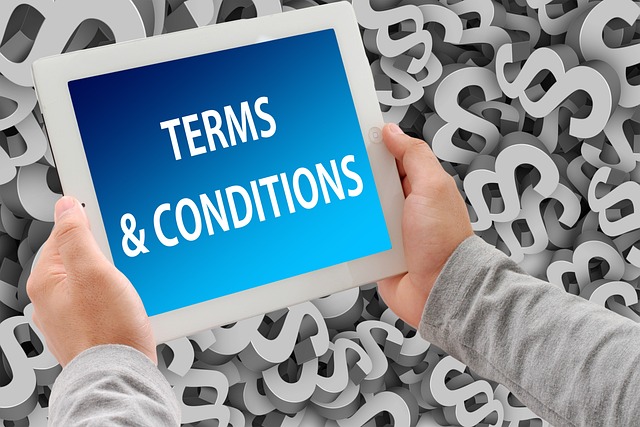TL;DR:
Understanding lease terms explained is crucial for student renters to make informed decisions. Key terms include rent (monthly monetary amount), lease term (tenancy duration), security deposit (advanced payment for potential damage), and move-out procedures. By familiarizing themselves with these fundamental concepts, students can navigate agreements confidently, protect their interests, and ensure a smooth rental experience. Prioritize clarity through detailed cost breakdowns, flexible arrangements, and record-keeping of negotiations to effectively decode lease language.
Navigating lease terms can be a confusing maze for student renters. This guide aims to simplify the process by decoding common, often complex, language found in leases. We break down your rights and responsibilities, providing clarity on essential aspects of tenancy. Additionally, we offer practical tips for negotiating and simplifying lease conditions, empowering you with the knowledge to make informed decisions about your living space. Let’s demystify lease terms, ensuring a smooth and beneficial rental experience.
- Decoding Lease Language: Common Terms Demystified
- Understanding Your Rights and Responsibilities
- Tips for Negotiating and Simplifying Lease Conditions
Decoding Lease Language: Common Terms Demystified

Decoding Lease Language: Common Terms Demystified
When it comes to leasing an apartment or property, understanding the lease terms is crucial for student renters. Many standard lease agreements use complex language that can be confusing and intimidating. However, familiarizing yourself with common terms can empower you to make informed decisions. For instance, “rent” refers to the monetary amount owed for living space, typically paid monthly. “Lease term” defines the duration of your tenancy, which could range from a few months to a year or more.
Another essential term is “security deposit,” a type of advanced payment that covers potential damage beyond normal wear and tear. “Late fees” are penalties charged for missing rent payments due dates, while “move-out procedures” outline the steps required when vacating the property, including inspection and return of security deposits. By understanding these fundamental lease terms explained, students can navigate the process with confidence and ensure a smooth rental experience.
Understanding Your Rights and Responsibilities

For student renters, understanding your rights and responsibilities is key to navigating the complexities of lease terms. Knowing what’s expected of you as a tenant can help alleviate stress and protect you from potential pitfalls. Lease terms explained clearly outline the mutual obligations between the landlord and renter, ensuring everyone is on the same page.
This includes comprehending rent amounts, payment deadlines, and the consequences of late payments. It also involves understanding your rights to safety, privacy, and maintenance of the property. By thoroughly reviewing these lease terms and clarifying any uncertainties with the landlord or a legal advisor, students can ensure they are not only meeting their obligations but also protecting their interests throughout their rental period.
Tips for Negotiating and Simplifying Lease Conditions

When negotiating lease conditions, student renters should start by understanding their rights and local tenancy laws. Knowing these basics equips them to engage in meaningful discussions with landlords or property managers. One key tip is to ask for clarity on all terms—what they mean, how they apply, and any potential exceptions. This ensures there are no surprises later.
Simplifying lease terms involves breaking down complex jargon into everyday language. Renters should request a detailed breakdown of costs, including what’s covered in the rent (e.g., utilities) and what’s extra. Additionally, negotiating flexible terms on items like move-in/move-out dates or length of stay can offer significant relief for students’ transient lifestyles. Keep records of all negotiations for reference and future discussions.






